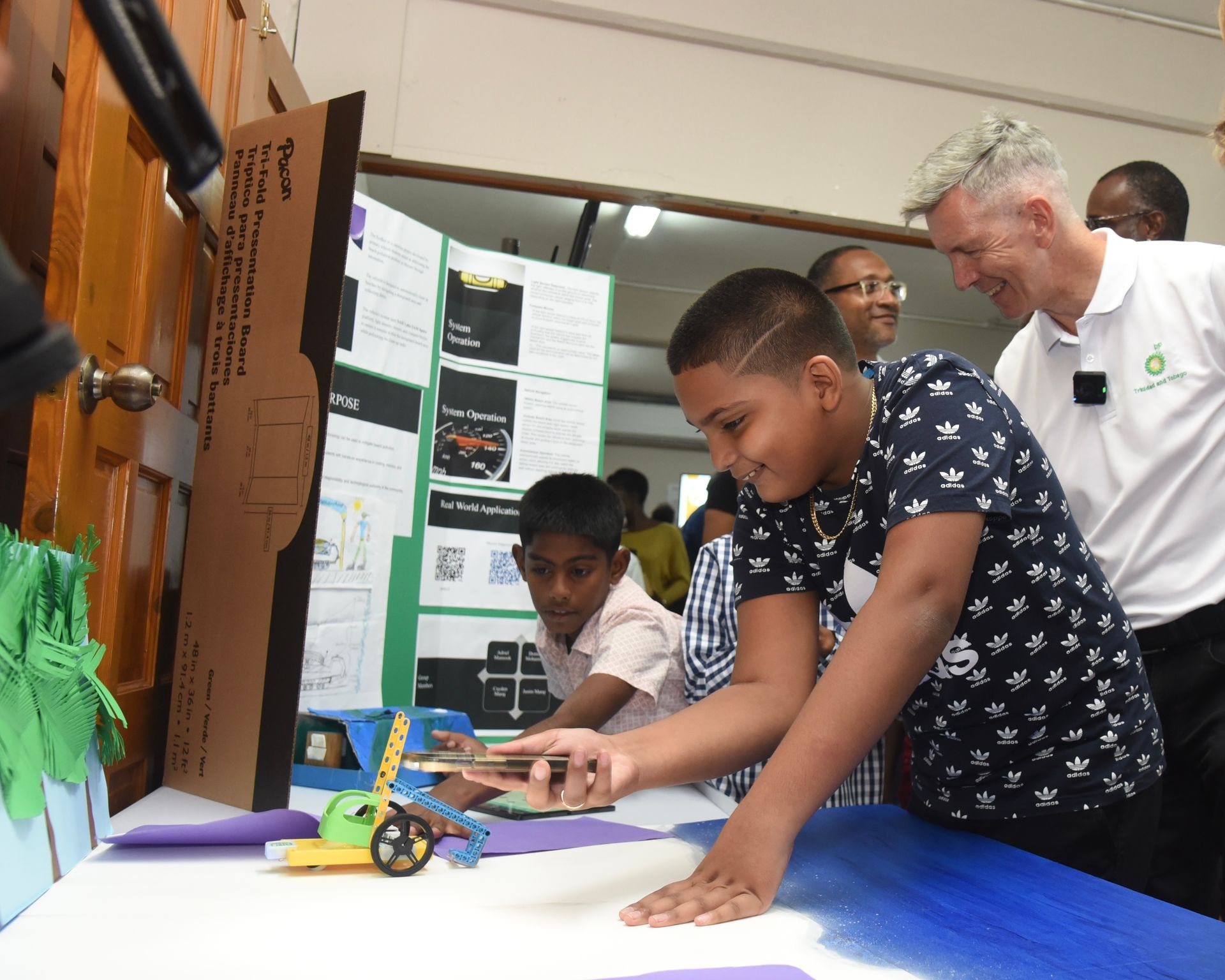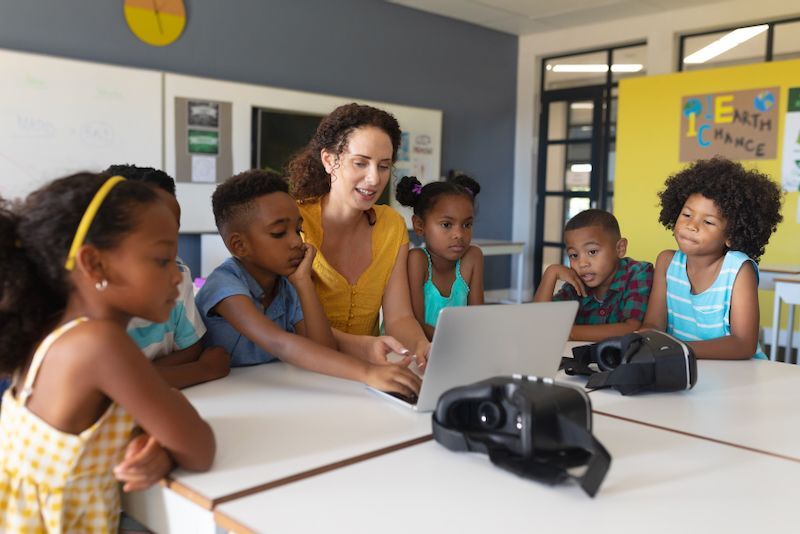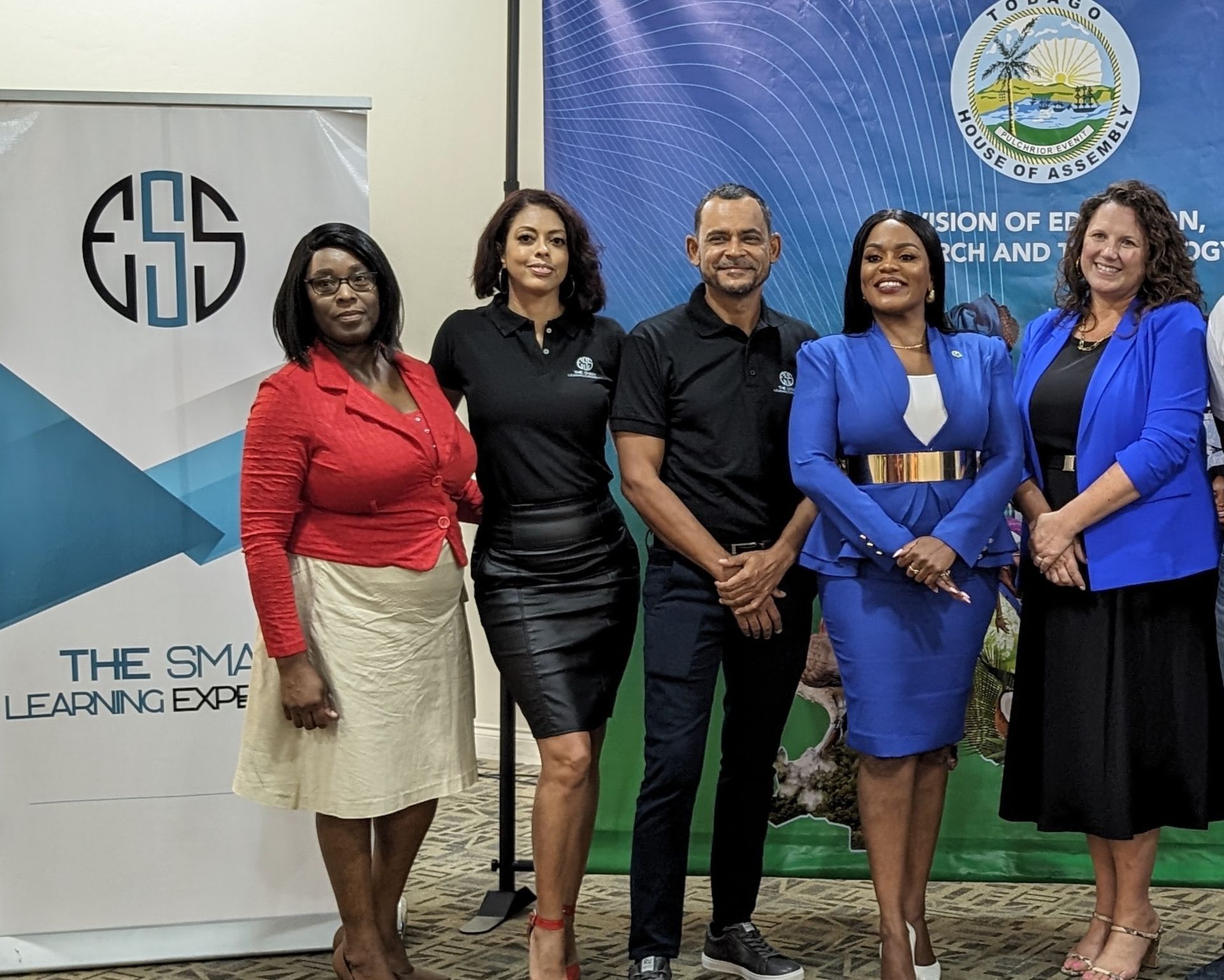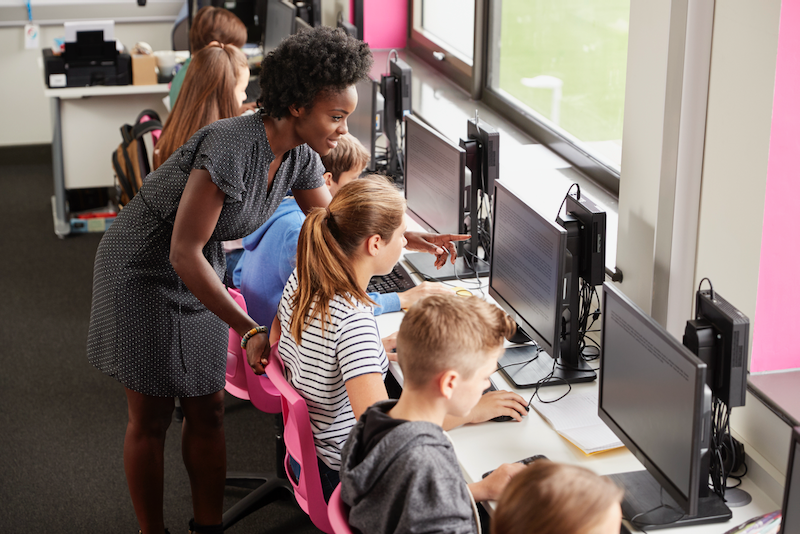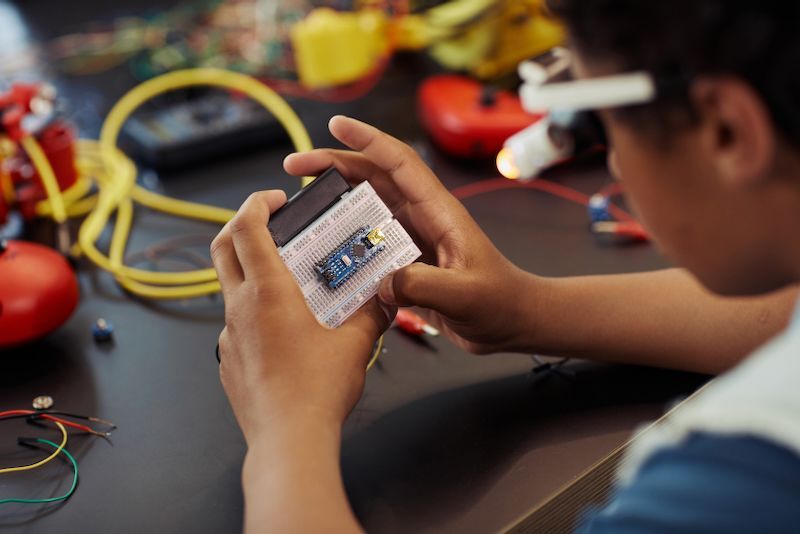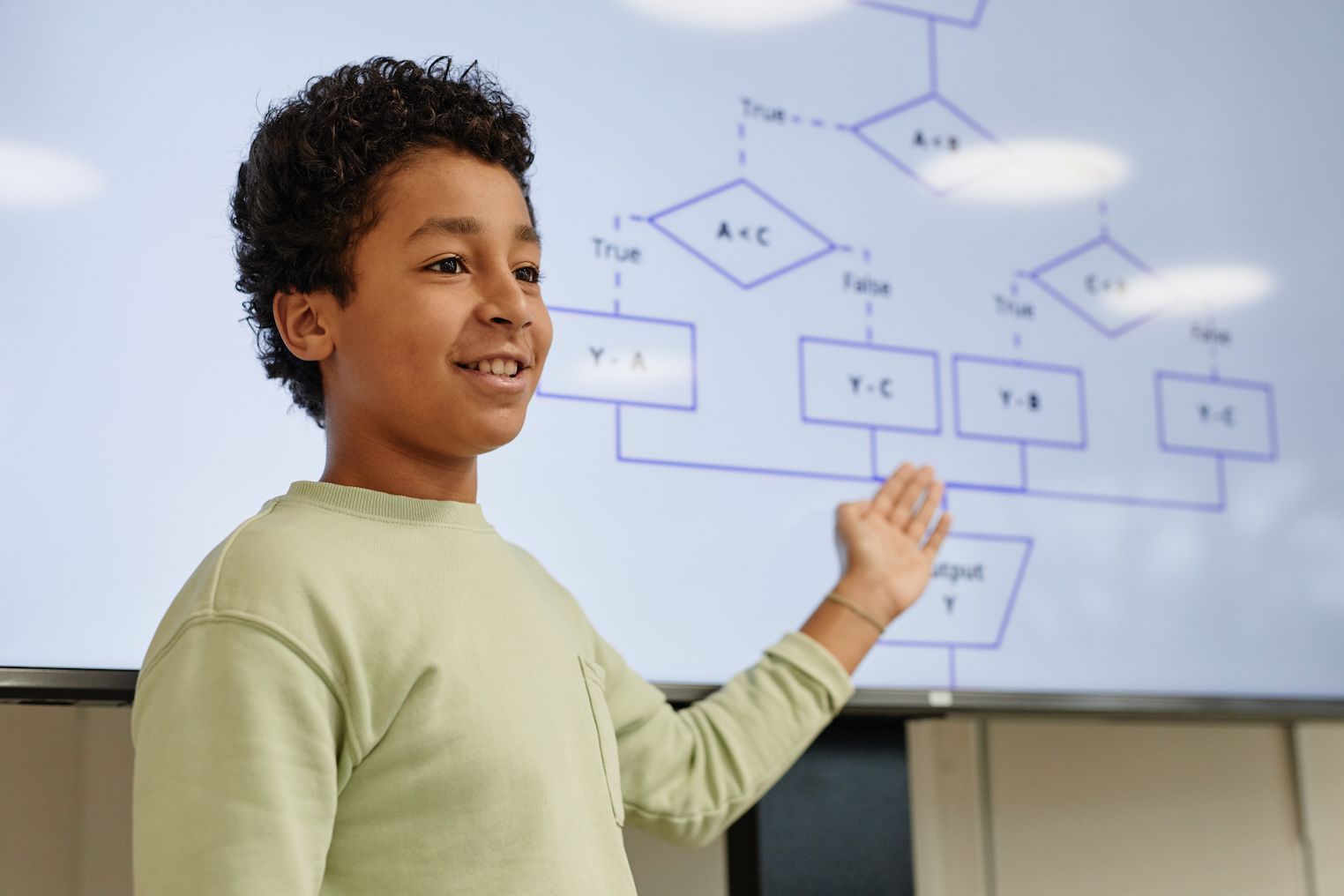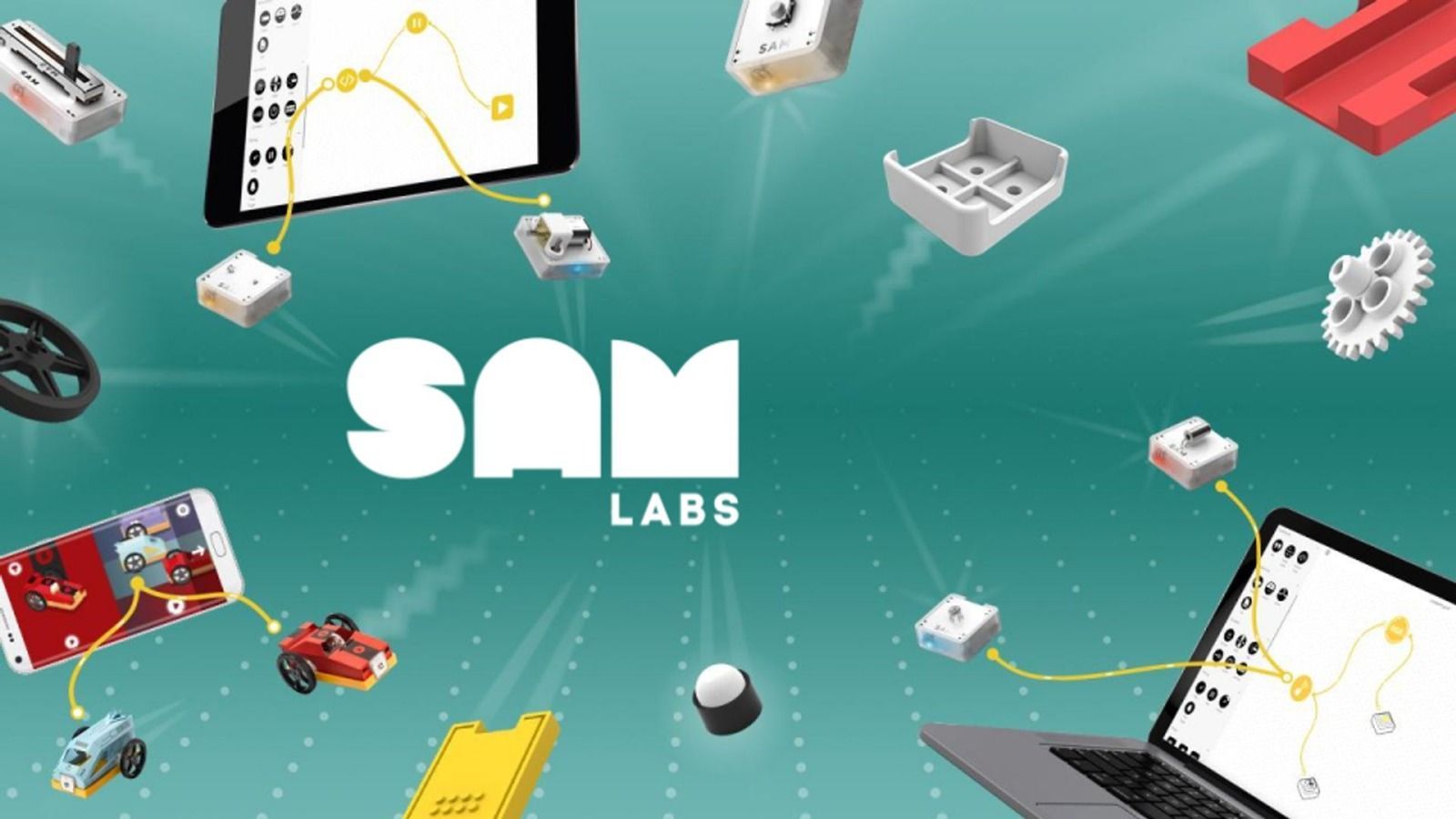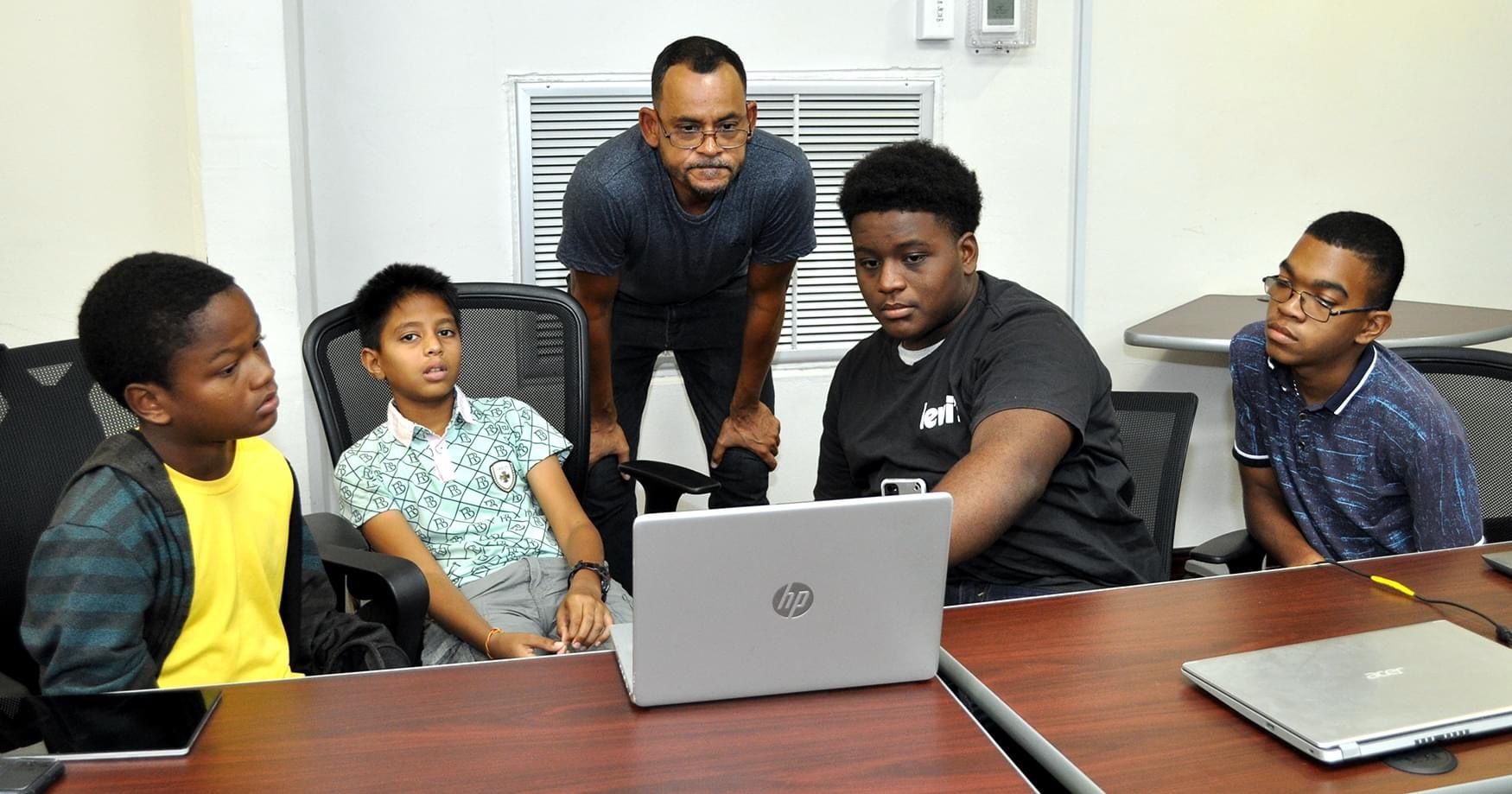Blended Learning: Bridging the Gap Between Traditional and Digital Education
Empowering Caribbean Education Through Blended Learning

As the world of education continues to evolve, one approach that has gained significant traction is blended learning—a teaching method that combines traditional face-to-face instruction with online resources. This hybrid model is particularly relevant in the Caribbean, where the diverse educational landscape and varying access to resources present unique challenges and opportunities. In this post, we’ll explore the benefits of blended learning and how it is helping to bridge the gap between traditional and digital education in the Caribbean context.
Personalized Learning Experiences
One of the primary advantages of blended learning is its ability to cater to the individual needs of students. In a traditional classroom, it can be challenging for teachers to address the varying learning paces and styles of every student. Blended learning, however, offers the flexibility to combine in-person instruction with online modules, allowing students to learn at their own pace.
For instance, a student who struggles with a particular topic can review online materials multiple times, while a more advanced student can move ahead without waiting for the rest of the class. This personalized approach not only helps students grasp difficult concepts but also keeps them engaged and motivated.
Enhanced Access to Resources
In many parts of the Caribbean, access to quality educational resources can be limited, particularly in rural or remote areas. Blended learning addresses this issue by providing students with access to a wealth of online resources, including video lectures, interactive exercises, and digital textbooks. These resources can complement the face-to-face instruction they receive, ensuring that all students have the tools they need to succeed.
Furthermore, online resources can be updated more frequently than traditional textbooks, ensuring that students have access to the most current information. This is particularly important in rapidly evolving fields such as science and technology.
Fostering Collaboration and Communication
Blended learning also enhances collaboration and communication among students and teachers. Online discussion forums, group projects, and collaborative tools like Google Docs allow students to work together, even if they are not physically in the same location. This is especially beneficial in the Caribbean, where students may come from different islands or communities and may not have the opportunity to collaborate in person.
Teachers can also use online platforms to provide timely feedback and support, helping students stay on track and address any challenges they may encounter. This ongoing communication fosters a sense of community and encourages students to take an active role in their learning.
Preparing Students for the Future
In today’s digital age, it is essential for students to develop strong digital literacy skills. Blended learning provides an ideal environment for students to become comfortable with technology, as they navigate online platforms, engage with digital content, and use various tools for learning and collaboration. These skills are not only critical for academic success but also for future employment opportunities in an increasingly digital workforce.
In the Caribbean context, where many students may have limited exposure to technology outside of school, blended learning offers a valuable opportunity to build these essential skills. By integrating digital tools into their education, students can become more adaptable and better prepared for the demands of the modern world.
Flexibility and Resilience in Education
The COVID-19 pandemic underscored the importance of flexibility in education. Schools across the Caribbean had to adapt quickly to remote learning, and those that had already implemented blended learning models were better equipped to make the transition. Blended learning allows for a seamless shift between in-person and online instruction, ensuring that education can continue uninterrupted in the face of unexpected challenges.
This flexibility also benefits students who may have other commitments, such as part-time jobs or family responsibilities. By offering a mix of in-person and online options, blended learning allows students to balance their education with other aspects of their lives, making it easier to stay engaged and succeed academically.
Cost-Effectiveness for Schools and Families
Blended learning can also be a cost-effective solution for schools and families. While there is an initial investment in technology and training, the long-term savings can be significant. Digital resources can reduce the need for physical textbooks and materials, and online assessments can streamline grading and feedback processes.
For families, blended learning can lower the costs associated with transportation and school supplies, particularly if students can complete some of their coursework from home. This is particularly relevant in the Caribbean, where transportation costs can be a significant barrier to education for students in remote areas.
Conclusion
Blended learning is transforming education in the Caribbean by combining the best of traditional and digital approaches. By offering personalized learning experiences, enhancing access to resources, and fostering collaboration, this hybrid model is helping to bridge the gap between different educational environments. Moreover, it prepares students for a future where digital literacy is crucial, while also providing the flexibility and resilience needed to navigate an ever-changing world.
As we continue to embrace the potential of blended learning, it is essential to recognize its role in creating a more inclusive and adaptable education system in the Caribbean. By leveraging the strengths of both face-to-face teaching and online resources, we can ensure that all students have the opportunity to thrive in their educational journey and beyond.
